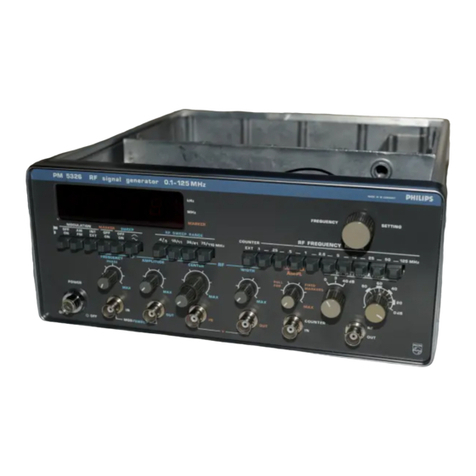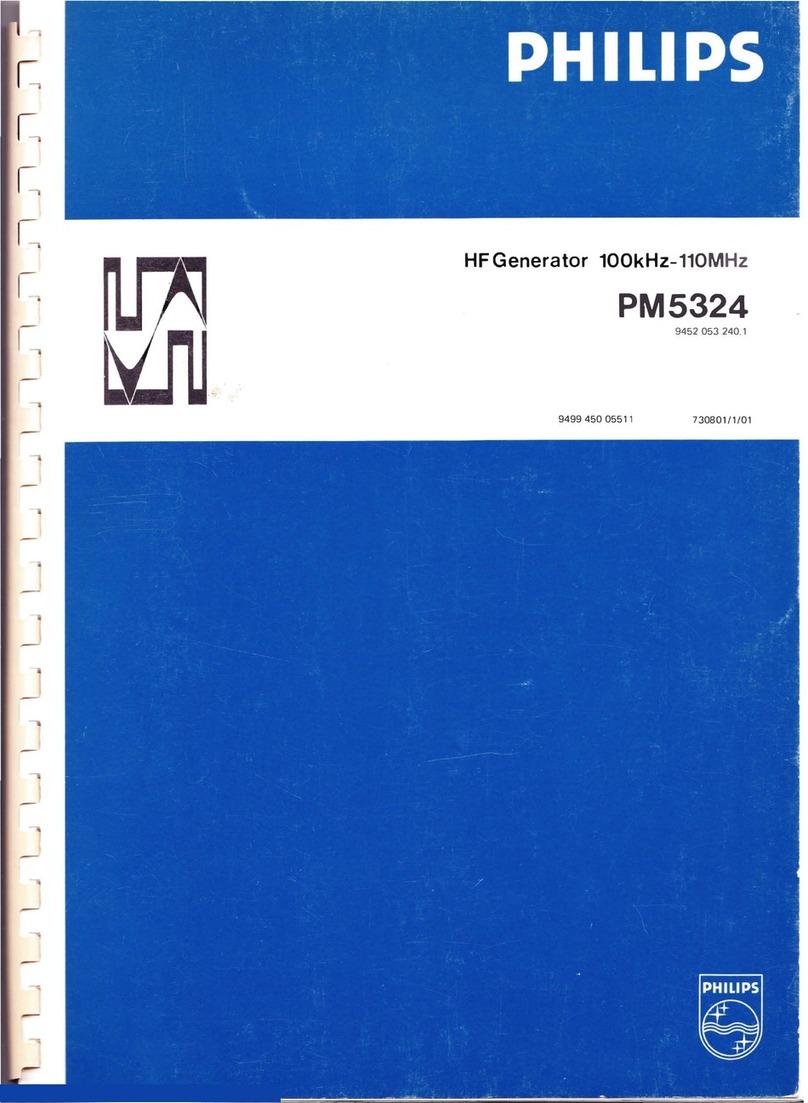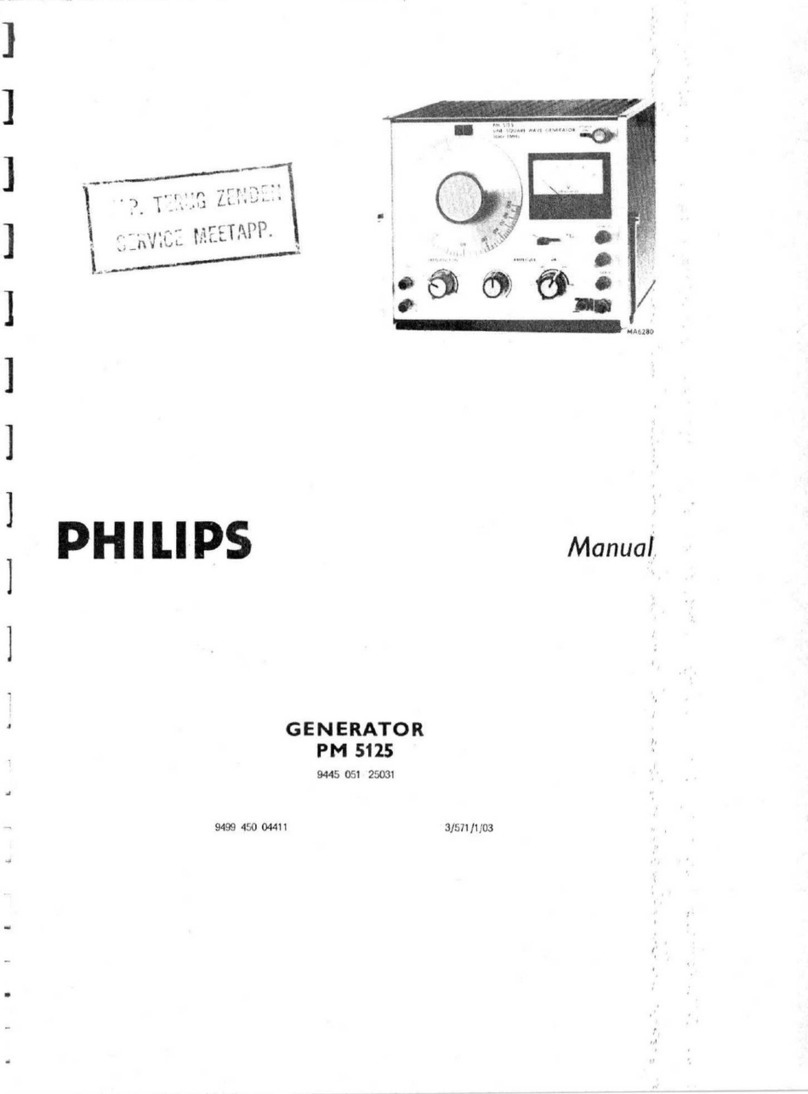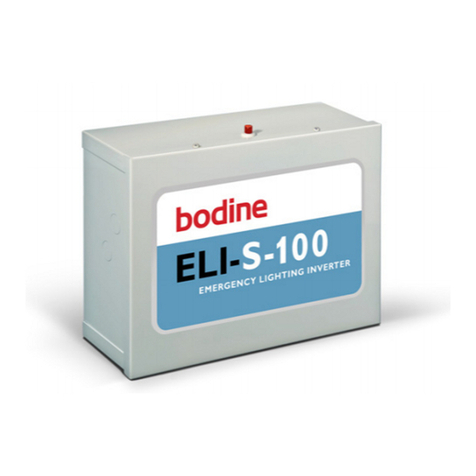Philips PM 5508 User manual
Other Philips Inverter manuals

Philips
Philips PM 5326 User manual

Philips
Philips SCP5300 Instruction Manual

Philips
Philips PM5324 User manual

Philips
Philips PM 5125 User manual

Philips
Philips SCP5150 User manual

Philips
Philips Bodine ELI Series User manual

Philips
Philips PM 5167 User manual

Philips
Philips Bodine ELI-S-600 User manual

Philips
Philips SCP5150 User manual

Philips
Philips ELI-S-20 User manual
Popular Inverter manuals by other brands

BARRON
BARRON EXITRONIX Tucson Micro Series installation instructions

Baumer
Baumer HUBNER TDP 0,2 Series Mounting and operating instructions

electroil
electroil ITTPD11W-RS-BC Operation and Maintenance Handbook

Silicon Solar
Silicon Solar TPS555-1230 instruction manual

Mission Critical
Mission Critical Xantrex Freedom SW-RVC owner's guide

HP
HP 3312A Operating and service manual






















